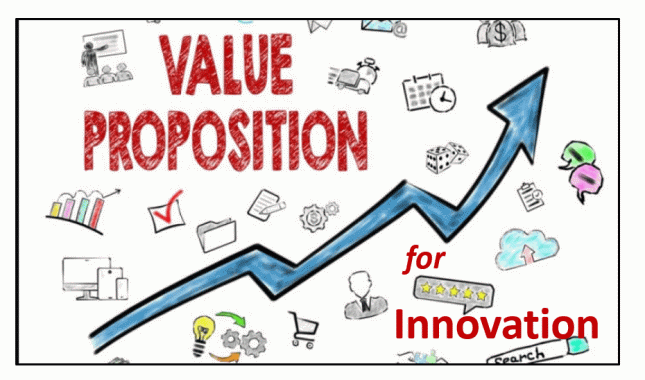 Can we continue to battle with legacy? When you think we are on a roll, we are making that transformation in technology, systems, new organizational designs, you are suddenly stopped in your tracks. Legacy fights back, it holds you up, it stops you from advancing. You fail to connect as you wanted to, towards a complete transformation. The future eludes you as you hold onto those old ways.
Can we continue to battle with legacy? When you think we are on a roll, we are making that transformation in technology, systems, new organizational designs, you are suddenly stopped in your tracks. Legacy fights back, it holds you up, it stops you from advancing. You fail to connect as you wanted to, towards a complete transformation. The future eludes you as you hold onto those old ways.
You can surround legacy but it diverts so much “spent energy”, it becomes the critical impediment to making that real change you so urgently require to compete in today’s’ world. We still struggle with resolving legacy in our systems, processes, factories so we lose the ability to really advance and gain true connectivity.
Why do I worry so much about legacy? The more we hang on to legacies within our companies, the more we hold up the vital changes we need to manage in the 21st century.
Can you imagine how hard legacy systems are hard to replace? They make up vital business processes that were designed years ago but not for the technology onslaught we are witnessing today or see in the future. They were designed on outdated technologies, designed in a world where data was recorded perhaps but not stored nor mined 24 x 7. Continue reading “Legacy is all around us. Innovation and insights suffer greatly”








